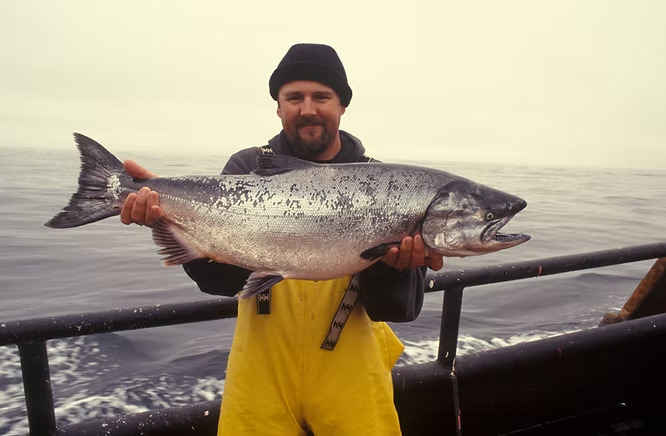The Atlantic Salmon: An Iconic Species of the North Atlantic
The Atlantic salmon is one of the most recognized fish in the north Atlantic Ocean, once supporting extensive fisheries across its range. There are three major populations—North American, European, and Baltic—each with unique characteristics yet sharing a remarkable life cycle of long-distance migration and adaptation.
A Remarkable Life Cycle
Atlantic salmon undergo dramatic transitions as they move between freshwater and marine environments. Adults spend two to three years in coastal seas, feeding on pelagic invertebrates and fish to store energy for reproduction. Once mature, they migrate upstream to spawn in the very rivers where they hatched, forming distinct subpopulations across the north Atlantic.
Spawning and Reproduction
- Females dig gravel nests and lay eggs on riverbeds.
- Males fertilize the eggs externally, after which females bury them.
- Unlike Pacific salmon, Atlantic salmon can spawn multiple times during their lifetime.
After hatching, juveniles spend two to three years in rivers before heading to sea. Some populations are landlocked, replacing the ocean phase with large lake habitats.
Ecological and Cultural Importance
Atlantic salmon serve as prey for various marine predators and have supported regulated fisheries in Europe for more than 800 years. At sea, they were once harvested in massive numbers by large vessels, while traditional river fisheries targeted migrating salmon with traps and other structures.
Current Threats
Today, Atlantic salmon populations face significant challenges:
- Overfishing – historic exploitation reduced many stocks to critical levels.
- Climate change – warming rivers in southern ranges threaten egg survival and subpopulation extinction.
- Invasive species – competition from nonnative fish adds further pressure.
Because salmon return to their birthplace to spawn, localized environmental changes can wipe out entire subpopulations.
Farming and Aquaculture
Today, nearly all Atlantic salmon in the seafood market are farm-raised. Farming has made the species globally available but also raises concerns:
- Escaped farmed salmon can threaten wild populations by interbreeding or competing for resources.
- Farming outside native ranges risks creating invasive populations in new ecosystems.
Conclusion
The Atlantic salmon embodies resilience through its migratory life cycle, cultural significance, and ecological role. Yet, it also highlights how human actions—from centuries of fishing to modern aquaculture—shape the fate of marine species. Protecting wild salmon requires addressing climate threats, managing fisheries sustainably, and ensuring aquaculture practices minimize ecological risks.

